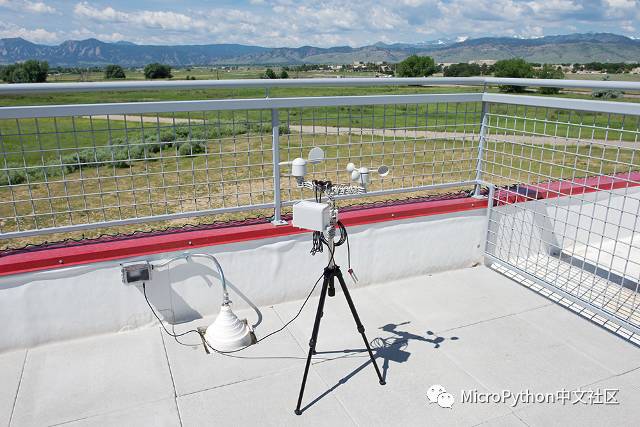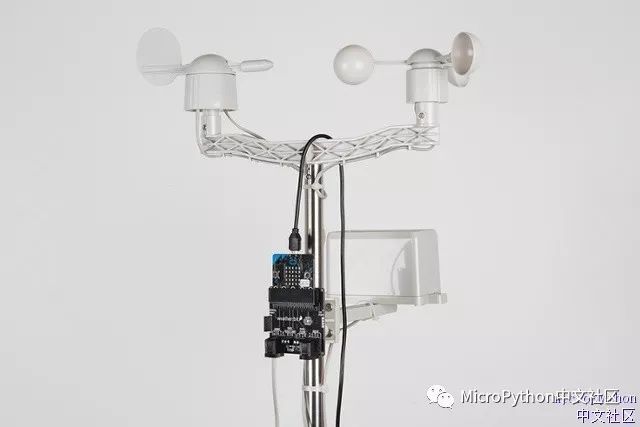Source:http://blog.sparkfuneducation.co … e-with-the-microbitWhen I was in school, my biggest frustration with science class was in the lab. For some reason, I felt like they were just… practicing the rules. Thinking back, the lab setup was the same, everyone could get the same results, and there were correct conclusions, as long as they followed the rules.This concept drove me to teach in a way that makes science as real and exciting as possible for my students. Now I know that “real” science is not always glamorous or sexy – in fact, most of the time it is not. But my job is to inspire my students, nurture their interests, and help them engage with what is happening around them.I had been teaching science in the classroom for a year before the micro:bit came along. I wished I had this capability while lecturing: it would change my practice in many ways, the most significant being that students need minimal foundational learning before building instruments, and even being able to use them in the simplest public science. You can have students follow instructions to build an Arduino weather station, but that’s not my philosophy. I want students to truly master the microcontroller and inspire them to use it as a raw material, not just a tool.

Arduino Weather StationThe above is our Arduino-based weather station, complete with demonstration code. We love it, but it takes a lot of time to set up.With the micro:bit and the micro:bit weather kit, this process can be shortened from weeks to just days. By using Microsoft MakeCode, students can use JavaScript (script) or Blockly visual programming, allowing teachers to flexibly choose what to focus on.Teachers can spend a few days learning the basics of micro:bit with their students through various projects and tutorials on the SparkFun Inventor Space or Microsoft MakeCode website.Once your students have mastered the basics, you can guide them step-by-step to build a micro:bit weather station and learn how to read each sensor in the simplest way, as well as add some code to collect data from their sensors. Your students will be able to assemble a weather station in a 50-minute class and start programming it.